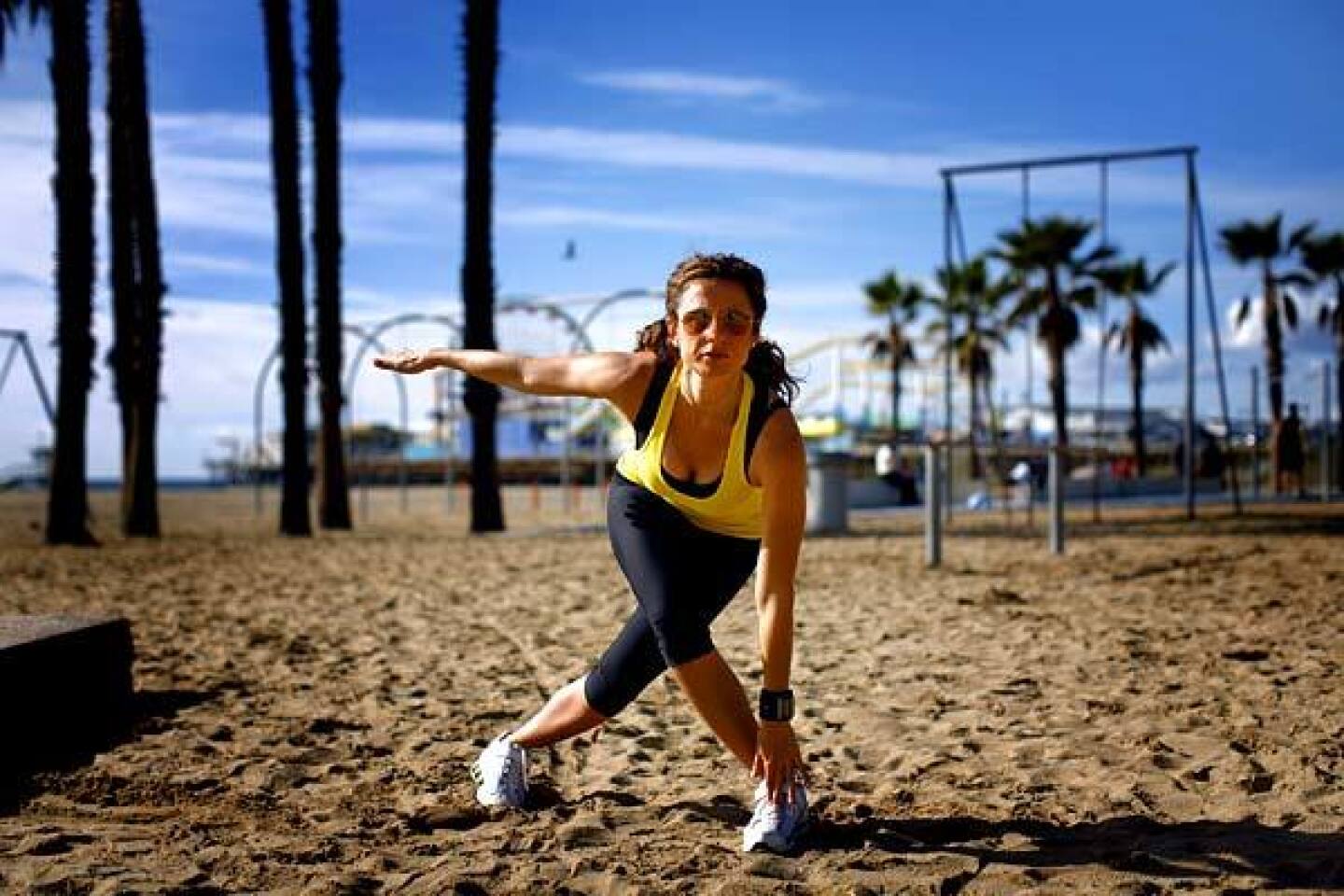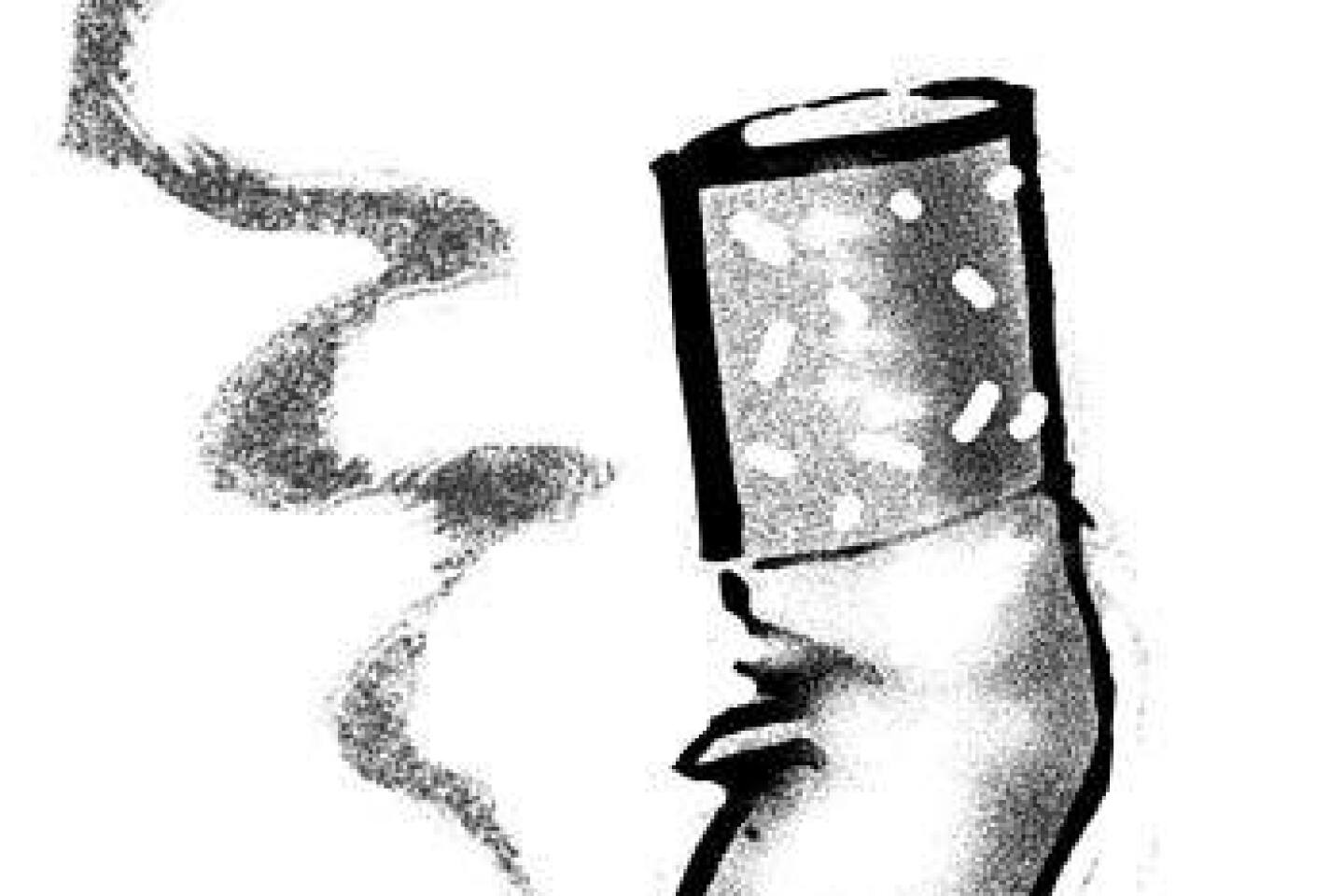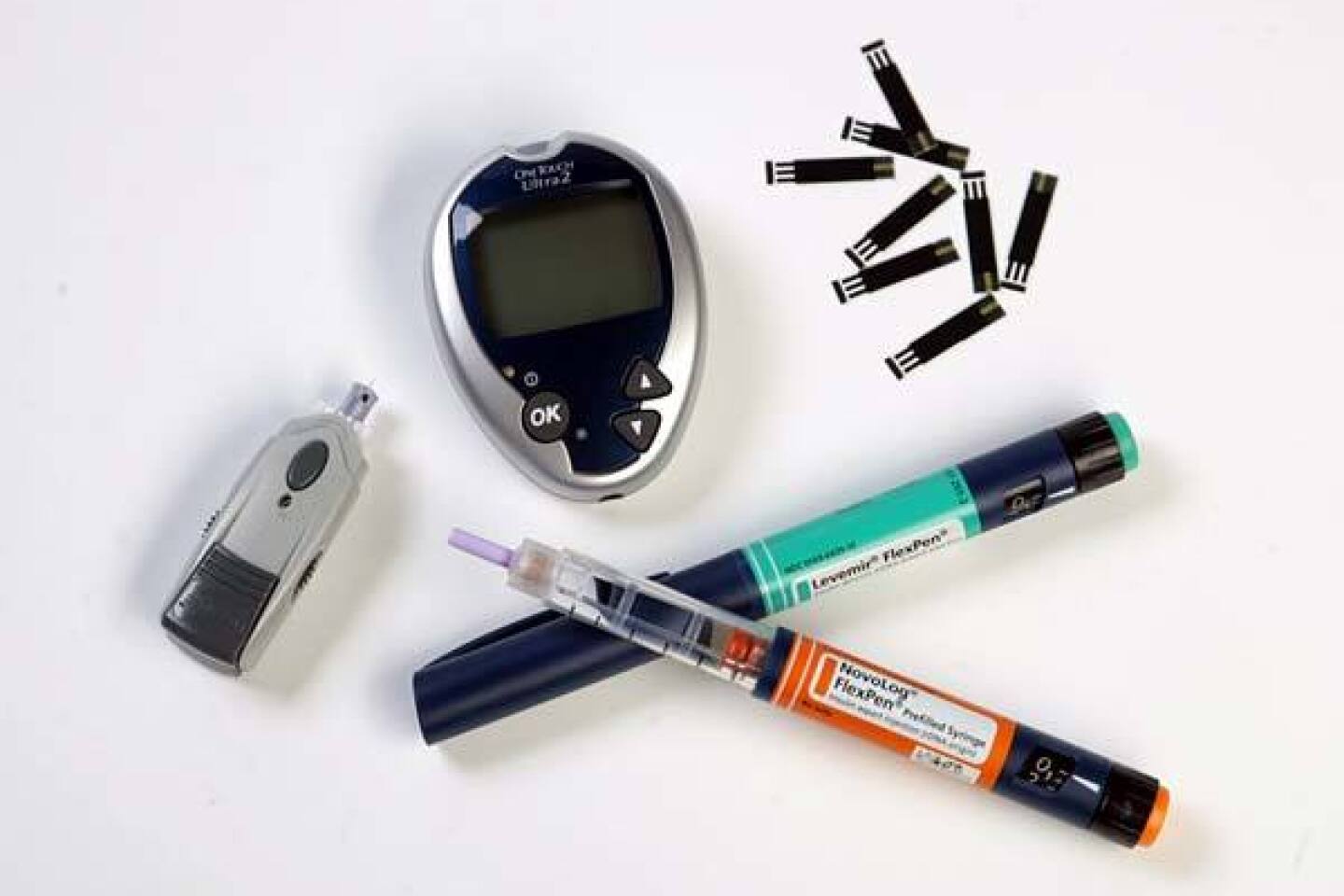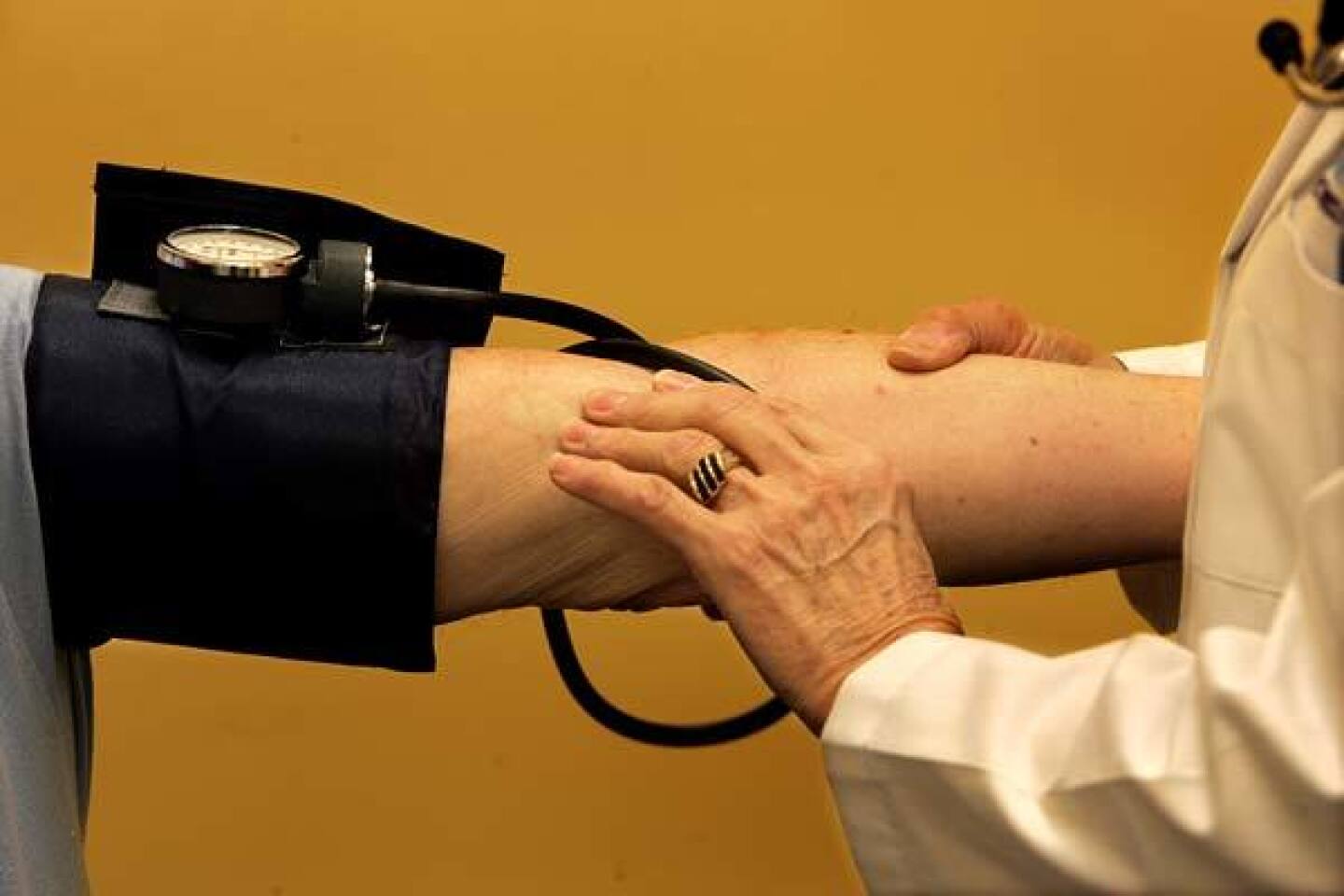My Turn: Bill Hillman thanks chest compressions for helping to save his wife
- Share via
It was 4:05 a.m. on Oct. 29, 2009. I heard my wife, Dianne, say, “I think I’m having a heart attack.”
I opened my eyes and saw her standing in the bathroom doorway. She grabbed her chest, took one step and collapsed on the bed.
Two weeks earlier, a friend had e-mailed me a medical report stating that chest compressions were better than traditional CPR and that the survival rate was greatly improved because chest compressions not only massaged the heart but sent blood into the brain, thus preventing brain damage.
I watched my wife turn gray and saw her eyes roll up. She was only 65, and there was no way I was going to let her go without a fight.
I started chest compressions, rapid and continual until she started breathing again. I sat her up, placed an aspirin beneath her tongue and called 911. The commotion woke our adult son from the other side of the house, and he came to assist.
When the paramedics arrived, Dianne’s blood pressure was 56/31 and fading. They transported her to the hospital, where I was told her chance of survival was less than 20%.
Five hours later, after the doctors placed two stents in her blocked arteries and put her on blood thinners, she started bleeding. I begged the doctors not to give up, and they didn’t. By morning they not only had found the bleeders but managed to stop them.
That night, one of the doctors came in to visit. He said my wife was proof that miracles happen, as she hadn’t been expected to make it this far. He told us to hold her hand and tell her how much we wanted her to come home.
They moved Dianne from the Emergency Heart Unit to the ICU, where she remained for the next seven days.
The first two days, she teetered between life and death as her blood pressure slowly regained some strength. On the third day, her pressure rose and the doctor told me she had a 60% chance of survival. He also told me I had saved her life with the chest compressions.
On the fifth day she opened her eyes. Her blood pressure was up to 65/45. They removed the external pacemaker and the heart pump. She was on her own, and all we could do was watch and pray. On the sixth day, they removed the ventilator and she started talking.
I met with all of the doctors who had worked on Dianne. Each one had saved her life, and each one told me that without the initial chest compressions, she wouldn’t have made it.
On the eighth day they moved her to the heart ward. She was awake and speaking clearly, yet she had trouble with her motor skills. The doctor refused to release her until she regained enough strength and had better motor skills. After a two-week hospital stay, Dianne came home.
The doctors were amazed. She had no major heart damage and absolutely no brain damage.
Once home, Dianne continued to receive therapy for six weeks. With constant work, she has regained her strength and all of her motor skills. Now she uses a hand-held breathing machine and works out with limited weights. We celebrated Thanksgiving together, and our Christmas took on a whole new meaning of how precious life is.
We have Dr. Gordon Ewy, director of the Sarver Heart Center at the University of Arizona in Tucson, to thank. He’s the cardiologist who spearheaded the early trials of continuous chest compression — or CCR, as he calls it — more than 15 years ago. He now teaches firefighters and paramedics the technique. Dr. Ewy says their survival rate has increased by 300% since beginning the new training. In 2000, the American Heart Assn. named him a “CPR Giant” in recognition of his work.
I have Dianne back, and I continue to adore each and every day we share together. We’ve been together since we were 16 years old, and last year we celebrated our 50th wedding anniversary. We hope by sharing our story it might save someone else’s life or prevent another survivor from having brain damage.
Bill Hillman has worked in the entertainment industry as an actor, screenwriter and filmmaker. He and Dianne live in South Carolina with their three dogs.
More to Read
Sign up for Essential California
The most important California stories and recommendations in your inbox every morning.
You may occasionally receive promotional content from the Los Angeles Times.






















